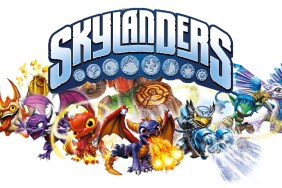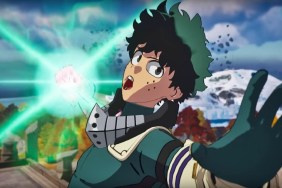The snow’s so pretty in July.
On a day in the snow-blanketed wilderness, you (and by that I mean your protagonist of course) are sent on a quest to save a small child who wandered away from his or her guardians. Ambushed by a pack of wild beasts, they were in no way capable of defending themselves, so you take…
-
Old-school presentation, new-school visuals
-
Engaging story that pulls at the heartstrings
-
Music may be my favorite new soundtrack to a game
-
Ease of entry for classic JRPG players
-
Battle system is both easy and deep
-
...but not innovative in any way
-
Very retro feel
-
Repetitive loading times when entering new locales
-
Not a joke plus, I just really love this soundtrack. So, SO much.











